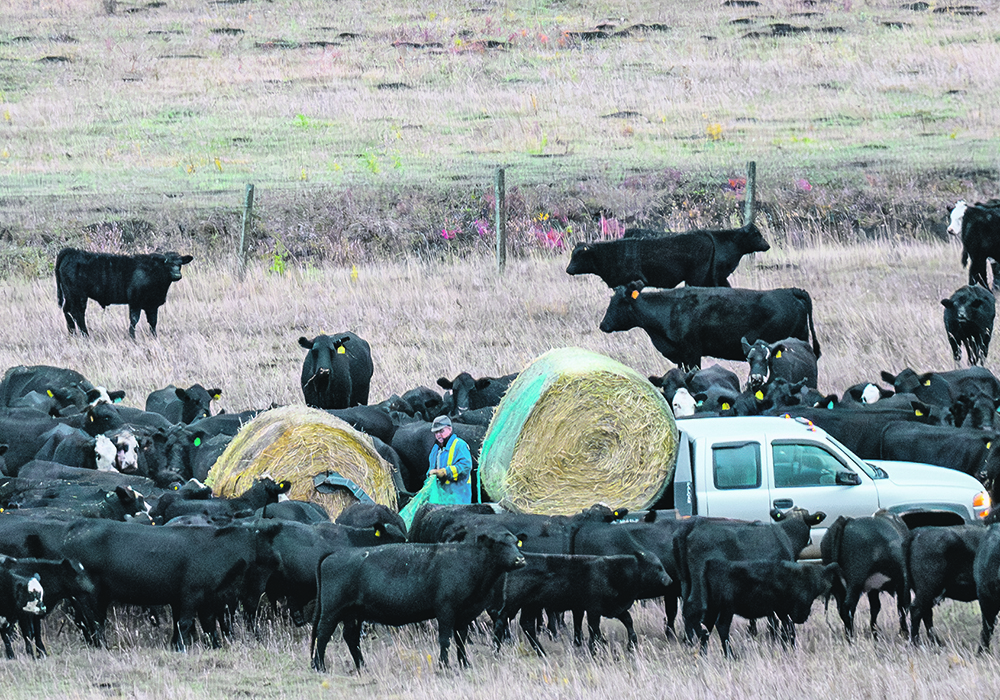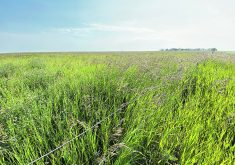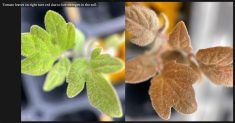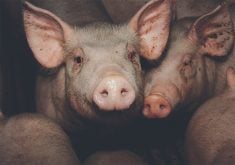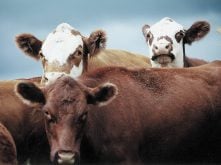Ranchers confident assistance program is coming soon, despite a two-month delay since plans were first announced
Details remain unclear two months after Alberta agriculture minister RJ Sigurdson announced that the province was moving ahead with plans to draft eligibility requirements for a livestock feed assistance program.
Request for comment to the ministry about the status of the program was not replied to as of press deadline.
In an open letter dated Aug. 21, Sigurdson said the province was moving forward with drafting eligibility requirements for a program to assist with extraordinary costs associated with livestock feed.
Read Also
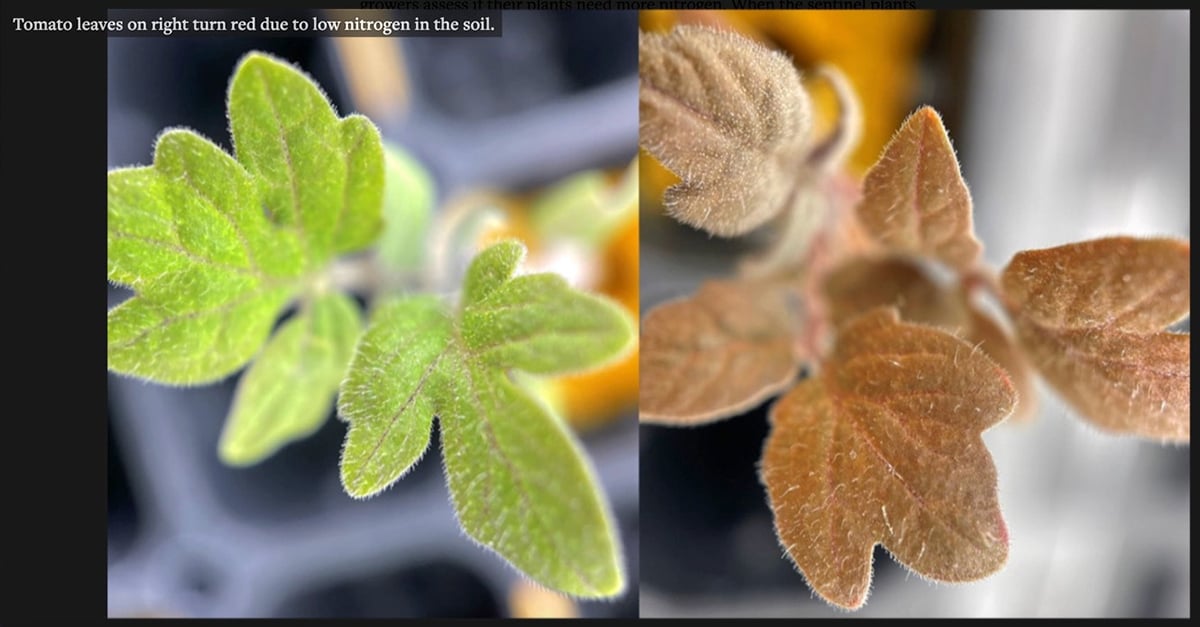
American researchers design a tomato plant that talks
Two students at Cornell University have devised a faster way to detect if garden plants and agricultural crops have a sufficient supply of nitrogen.
“For example, extraordinary costs may include feed and transportation costs related to hauling feed or animals,” Sigurdson wrote in the letter.
It also noted the province’s request in July to the federal government for an AgriRecovery assessment due to continued drought conditions faced by many livestock producers in the province.
Nearly 20 municipalities, including the provincially managed Special Areas, have declared states of agricultural disaster this season due to continued hot and dry conditions.
Southern Alberta rancher Robert Schmitke says he has been hustling to acquire feed at a decent price since local supplies near his Cardston-area Rafter Lazy S Ranch began to dry up.
He said he’s currently running about 500 head, including backgrounded calves, on his operation, which specializes in purebred Black Angus.
“Hay is starting to come across the (U.S.) border and from Manitoba,” said Schmitke, but some local producers are anticipating selling for $300 a ton this year or more.
That’s a significant markup from five years ago when the provincial average price for good quality hay was a little more than $142 a ton. Last year, prices averaged $240.
“Everybody wants a lot because everybody’s costs are up 30 percent this year. Fertilizer, tractors, all that stuff has gone up so much that I don’t know where the playing field is going to level off at,” he said.
However, corn silage and barley prices are down, which could provide some relief.
On the other hand, “we’re feeding two months earlier than normal and I don’t know where the feed is going to come from yet,” said Schmitke.
Montana and Manitoba might have hay supplies, but the costs of transportation continue to be high.
He said there had been opportunities to buy hay at more reasonable prices at the end of August because of reports that irrigation was going to be shut down well ahead of schedule.
“Those guys were in a hurry to get it off, so I went down there and baled it all night because I had a truck for two days and the pivot was following me around the field and I was able to get it at $220 in the swath,” said Schmitke.
He said the situation for Saskatchewan beef producers and their government’s response are noticeably different.
The same day that Sigurdson announced Alberta would be developing eligibility requirements for a livestock feed assistance program, Saskatchewan went ahead and announced that $70 million would be made available for livestock producers.
That province’s program will provide up to $80 a head to maintain breeding stock for cattle, bison and other animals and represents the provincial portion of the AgriRecovery funding.
Schmitke said he believes it’s not a question of whether the province and federal government will provide funding for Alberta’s livestock feed assistance program, but when.
“The feds have already designated the money, and it’s just how is Alberta going to roll it out is what we’re down to,” he said.
Earlier this year the provincial and federal governments announced they were reopening the AgriStability program for Alberta ranchers due to dry conditions, which gave them until Sept. 30 to apply. This was an extension from the original April 30 deadline.
Schmitke said he suspects the province is waiting to announce details on its feed assistance to allow time to align the AgriStability and AgriRecovery programs.
“Something’s coming and they’re just lining all their ducks up. I just don’t know when it’s going to happen.”


